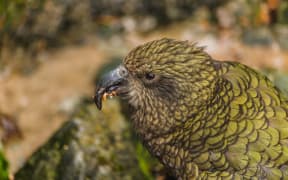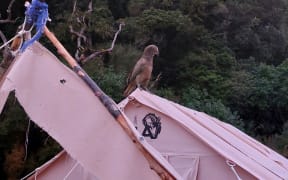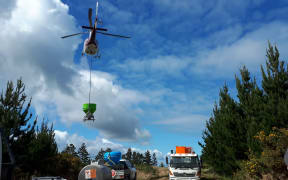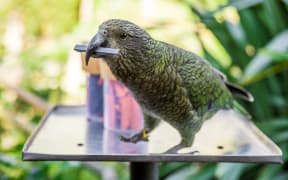The annual 1080 pest control programme for the 2022-23 year on the West Coast is "quite large" but the Department of Conservation says it is confident it can avoid unnecessary kea deaths.
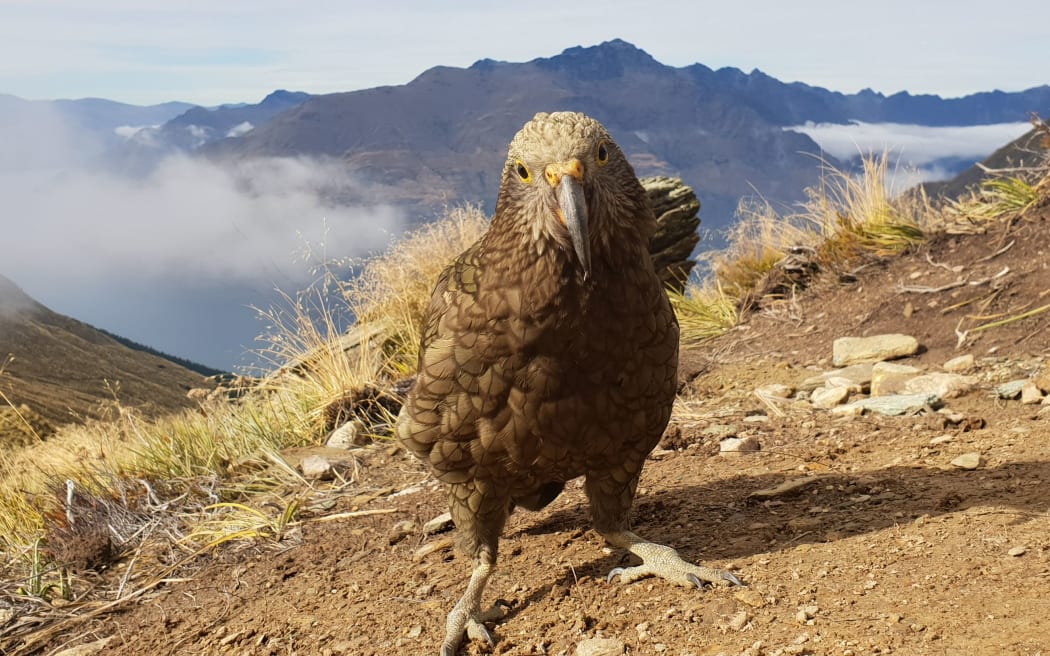
Photo: RNZ / Tess Brunton
DOC Western South Island director Mark Davies told the West Coast Conservation Board a big pest control operation was "looming" with 100,000ha to be targeted west of the Arthur's Pass National Park and encompassing the Taramakau and Taipo river catchment.

Davies said it would be rolled out from July through to September, using a development of the new Predator Free 2050 approach already under way in South Westland.
That approach had previously created controversy with the "alleged loss of kea".
"Kea are the biggest risk," Davies told the board.
"We've been taking the lessons learned out of the South Westland-Perth [operation] and we've been taking those lessons and furthering that in scale."
This included the use of "bait avoidance" pre-feeding in the western section of Arthur's Pass National Park in the lead-up to the poison drop.
Kea radio tags and cameras were also part of the strategy.
"We are monitoring the response to kea aversion and we're confident we can avert as much as possible the risk to kea."
Board member Katie Milne, who also chairs South Westland Predator Free, said it was interesting to note that kea could learn for up to two years through aversion feeding.
Read other recent RNZ coverage about kea:
- Nine kea and a dog killed after 1080 drops last year
- Kea could learn to detect 1080 poison to keep them safe
- Rising kea deaths in Southern Alps at centre of research
- What you can do to keep kea safe at Arthur's Pass
Local Democracy Reporting is a public interest news service supported by RNZ, the News Publishers' Association and NZ On Air.

